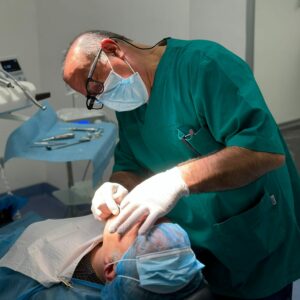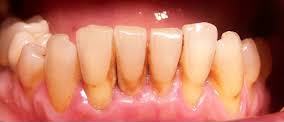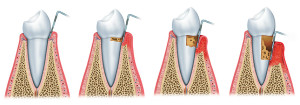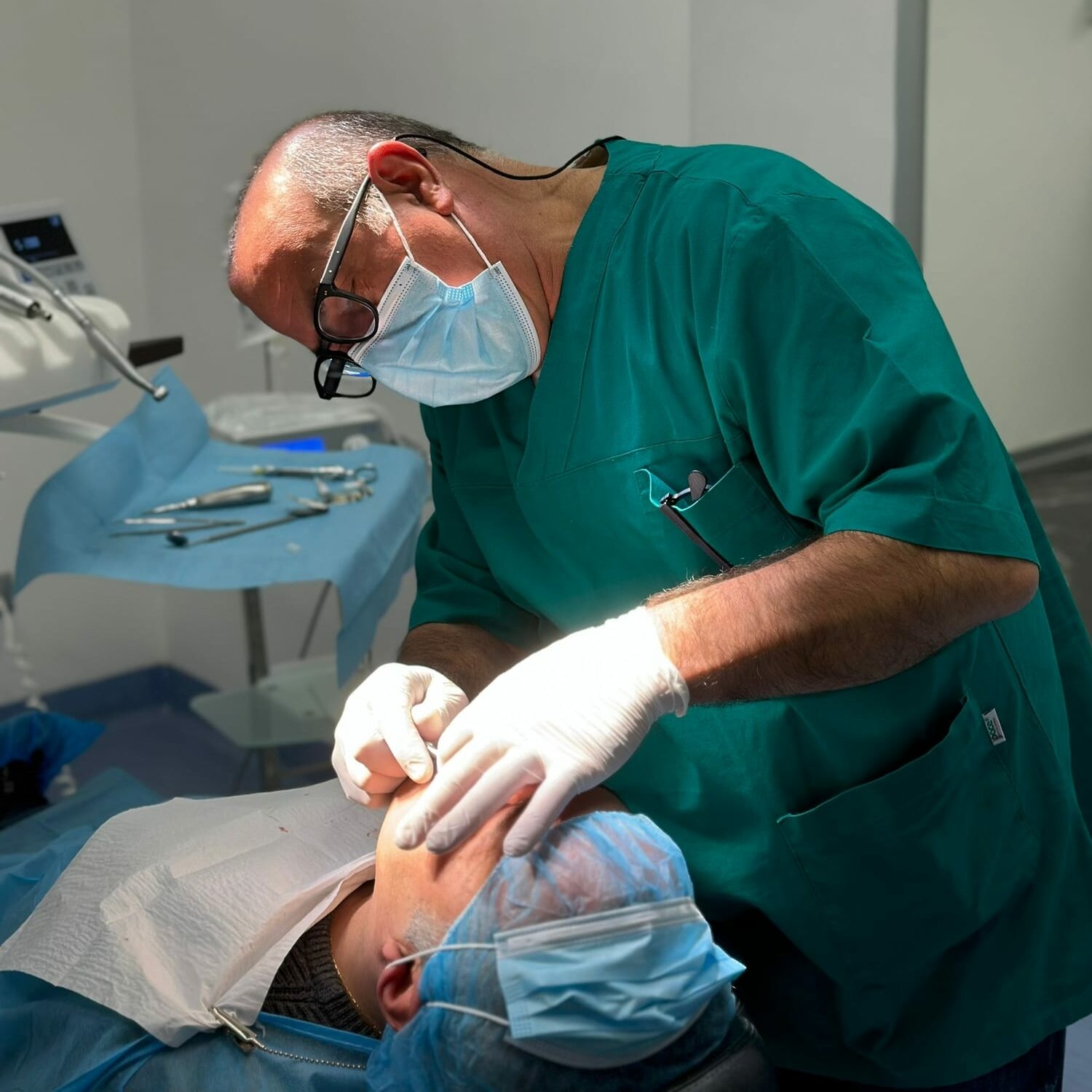In the presence of a badly reduced dental element due to deep caries, what is the best therapy to restore a tooth? Endodontics or implantology? Let’s try to answer.
Don’t lose the tooth: what to do?
Losing a tooth is no small matter, there are many unpleasant consequences, not only from an aesthetic point of view.
 Without a tooth the chewing does not take place correctly, the antagonist tooth will tend to extrude (to “come out of the gum”) having no contact with the opposite side, the bone will tend to reabsorb.
Without a tooth the chewing does not take place correctly, the antagonist tooth will tend to extrude (to “come out of the gum”) having no contact with the opposite side, the bone will tend to reabsorb.
How can we intervene so as not to lose the tooth? You can try to save the tooth with conservative therapies or proceed to the extraction and insert a dental implant.
Modern dentistry is certainly oriented to save the natural tooth through endodontic therapies,but there are cases in which in order not to lose the functionality of the tooth we proceed withpost-extraction implantology.
The answer cannot be univocal, every patient has a clinical history and therefore only through a first visit can a correct diagnosis be given and, consequently, proceed with the best therapy for the specific clinical case.
Tooth with no pulp vitality
Analyzing the specific cases of patients who had lost the pulp viability of a tooth, some researchers  have tried to highlight which of the treatments, endodontics or implantology, is more effective in these cases.
have tried to highlight which of the treatments, endodontics or implantology, is more effective in these cases.
The research was carried out by analyzing the data contained in the Cochrane, PubMed (Medline) and ScienceDirect databases between December 2015 and February 2016.
From the results published in the Journal of Endodontics the following emerges:
- On patients in whom endodontic treatment was performed, a success rate of 42.1% to 86% was recorded over a period of 2 to 10 years.
- On patients who have intervened with apical surgery, the success rate ranges between 59.1% and 93% in the period from 1 to 10 years.
- For clinical cases in which it was decided to proceed with tooth extraction and implant surgery, the cases of implant success range from 91.8% to 100% in the period from 1 to 10 years.
All treatments aimed at allowing the patient not to lose the tooth and to detect success rates over an average time of 8 years .
.
Conclusions
The research is based on scientific literature and a sample of clinical cases, obviously the choice of a dentist will always and exclusively be based on the specific clinical case of the patient in front of him.
There is also to consider that the success of the treatment also contributes to the patient himself because, in order not to risk losing the tooth even after the treatment, daily oral hygiene and periodic check-ups are essential.
















